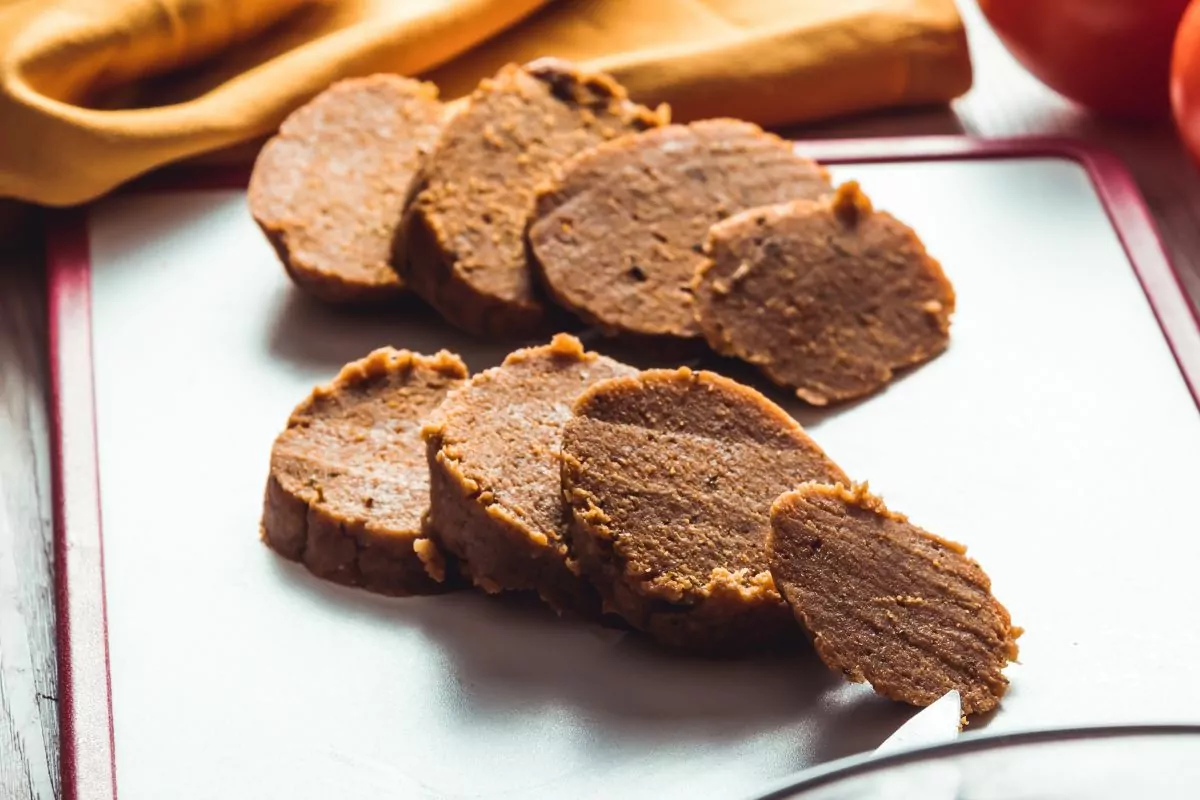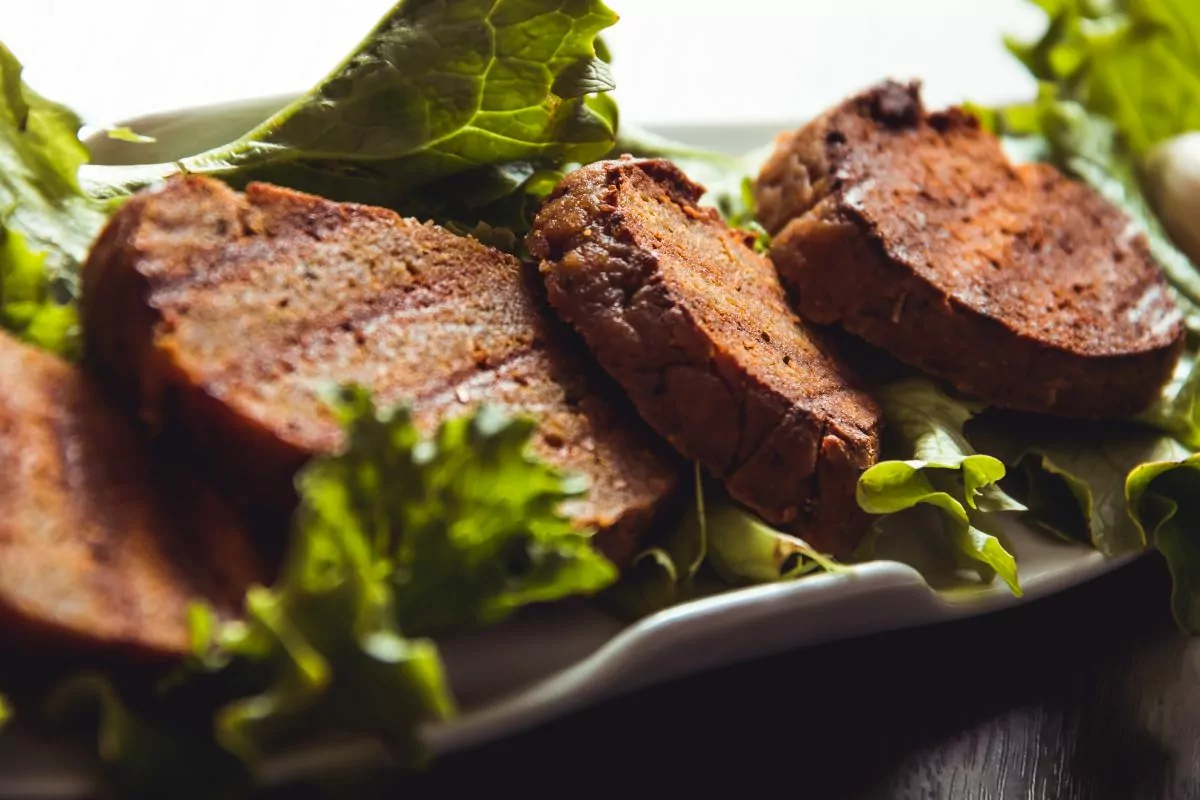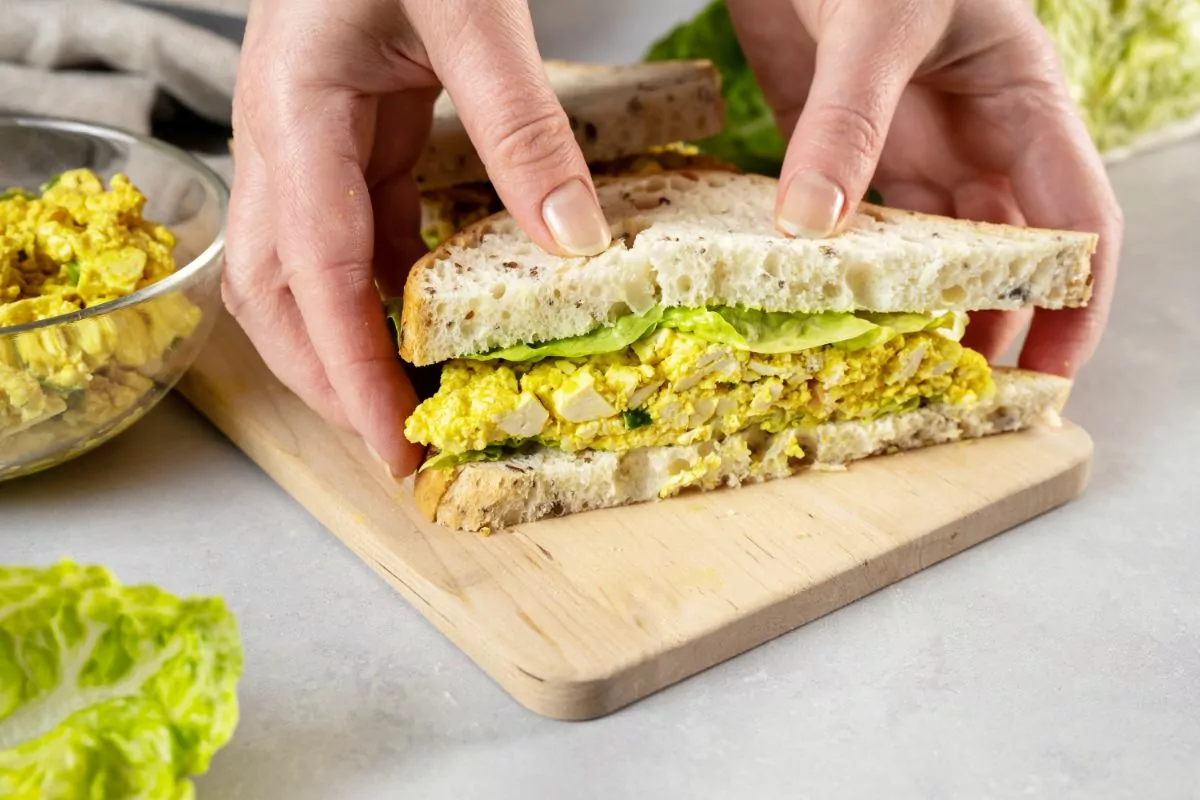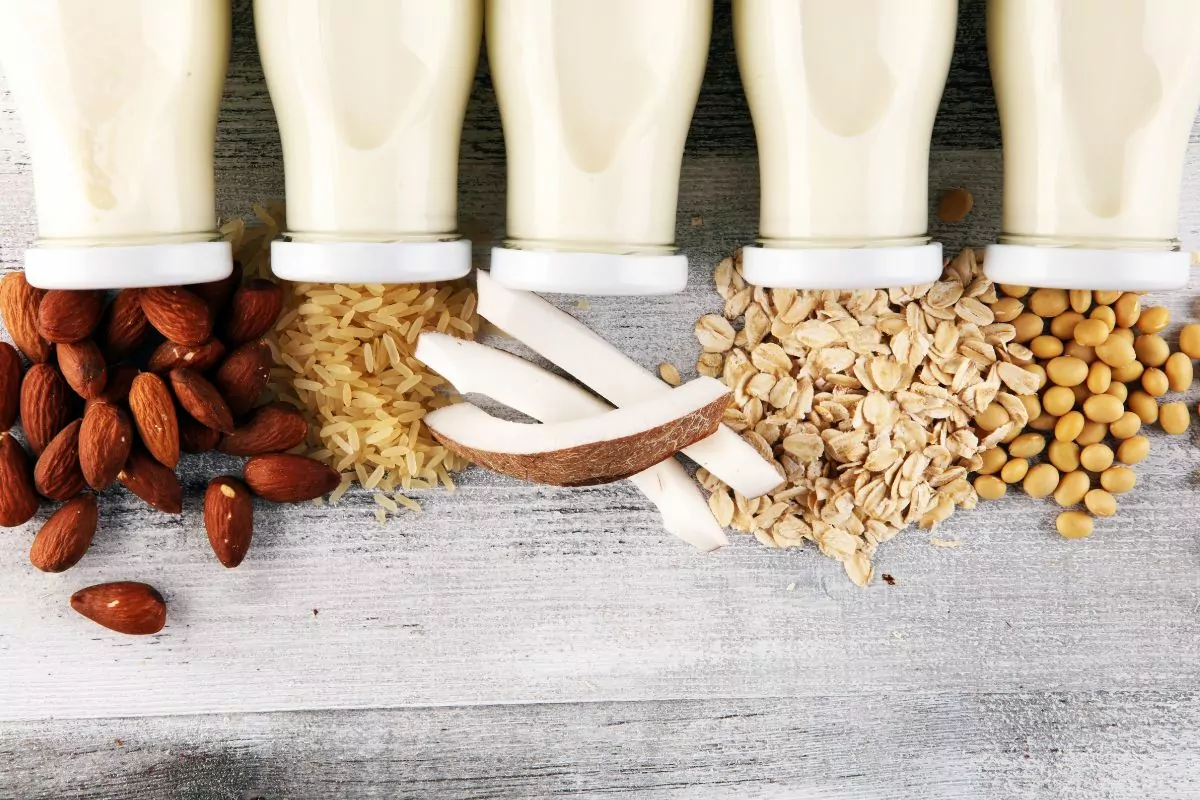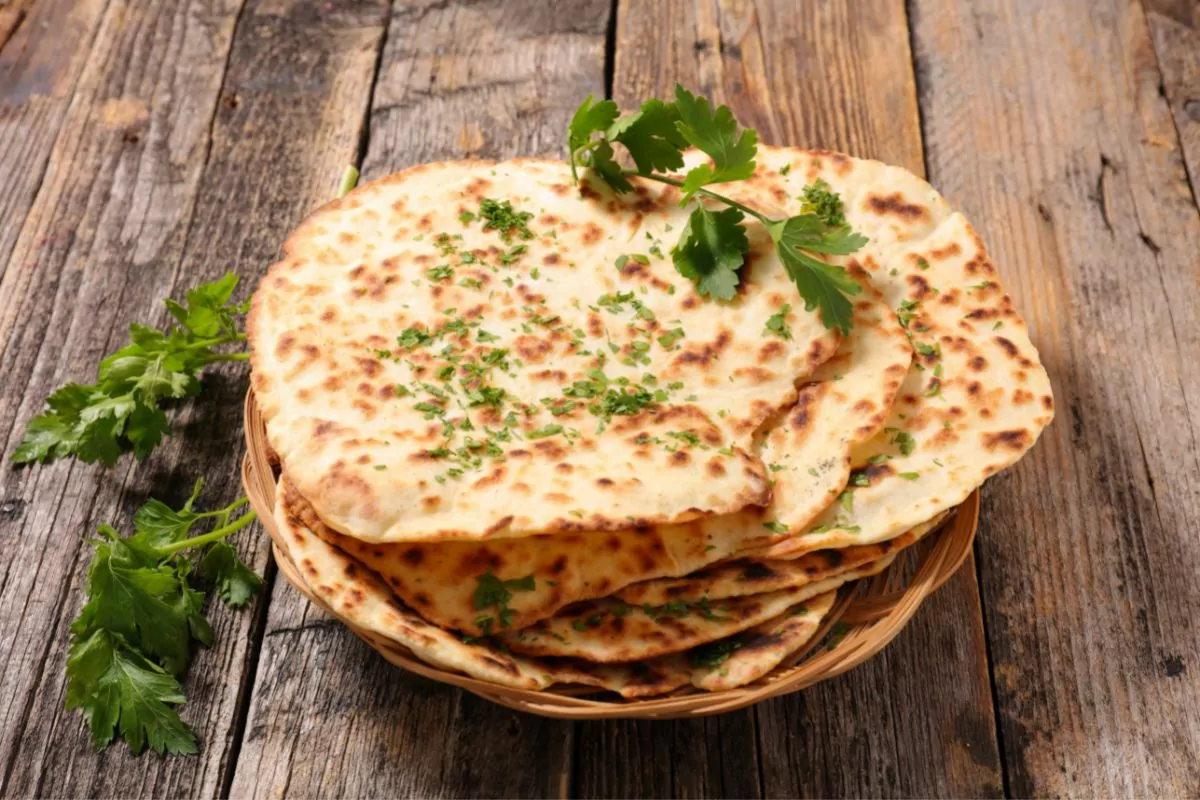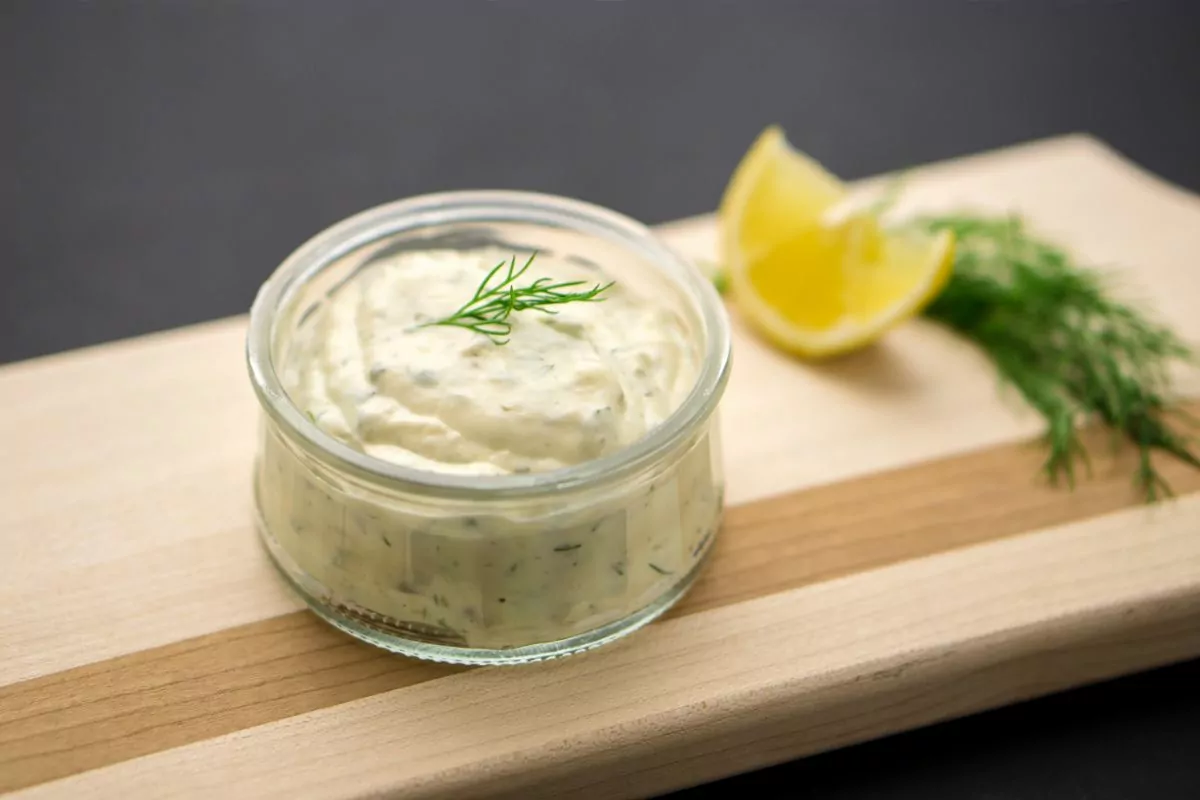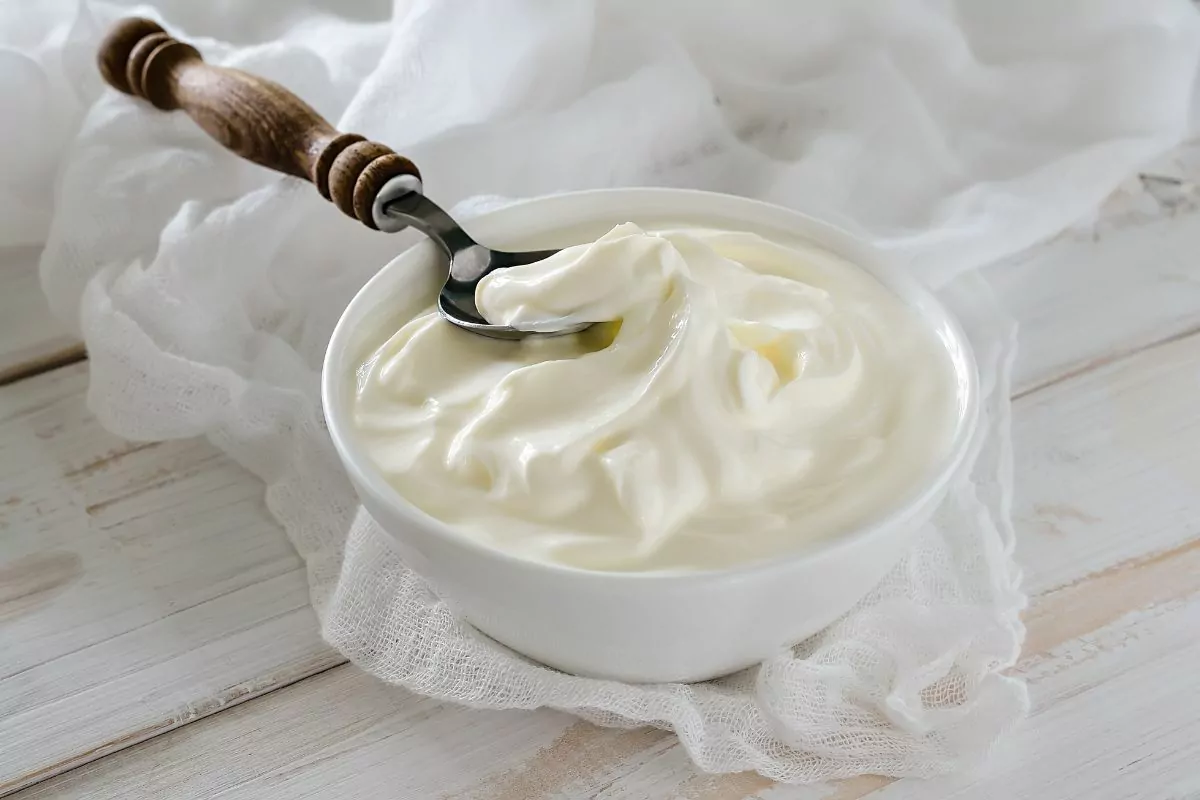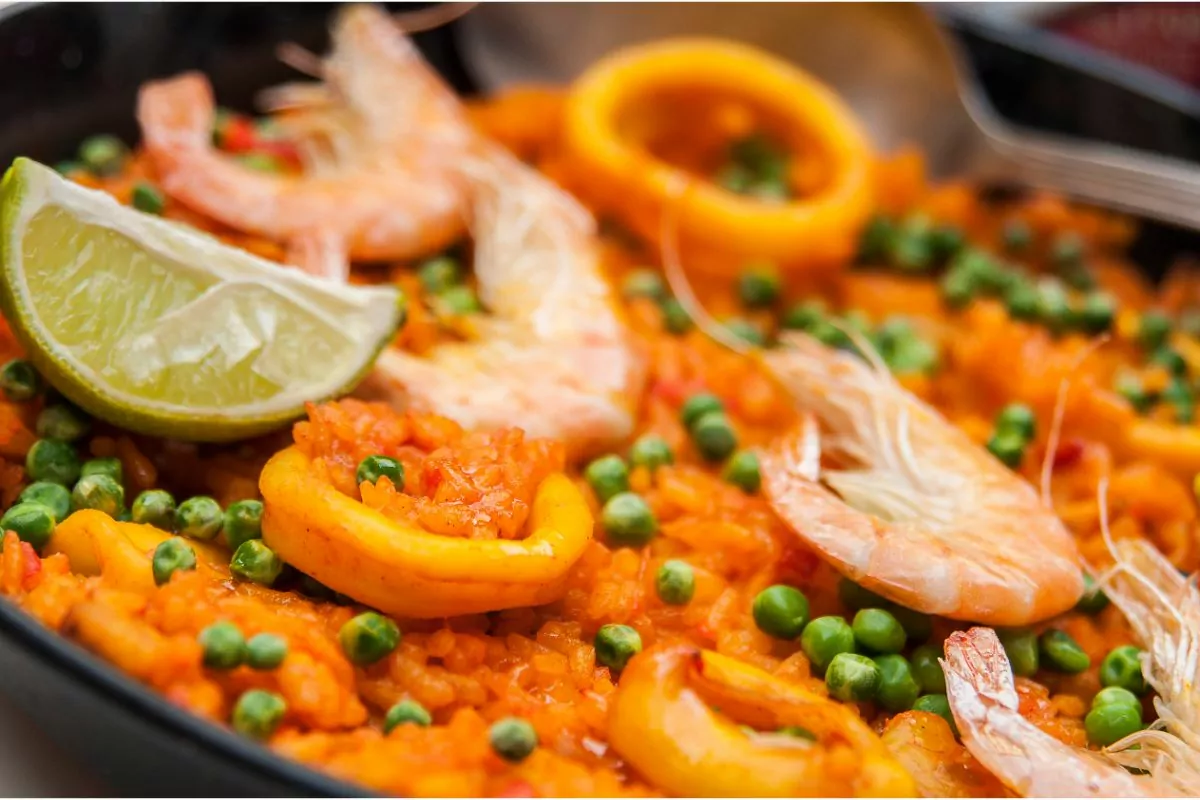When making various plant-based dishes, you will need to find a vegan substitute for meat. Whether you’re making tacos or curry, your dish just won’t be complete without a certain taste and texture.
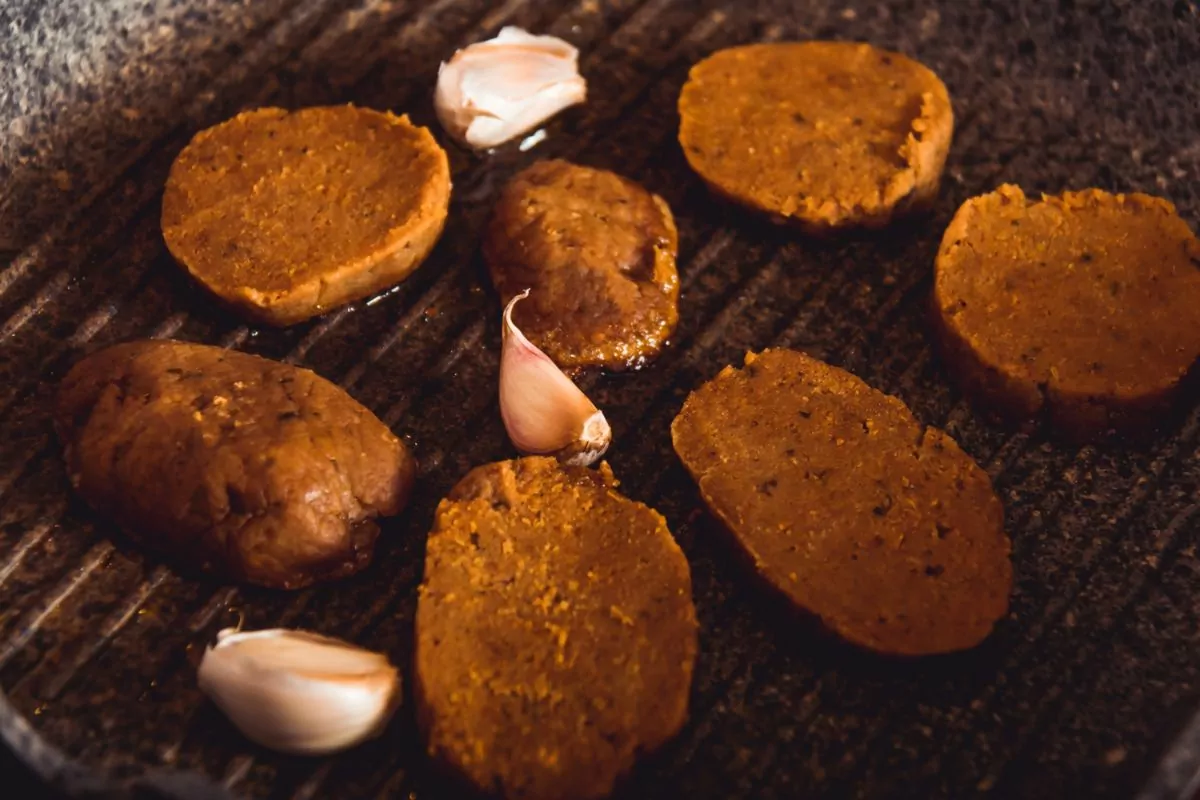
This is where seitan steps in!
Although it sounds somewhat sinister and devilish (it is pronounced SEY-tan), seitan is far from evil. In fact, it is the go-to meat substitute for vegans worldwide. Without seitan, many dishes just would not be complete.
This is mainly down to its uncanny resemblance to real meat. Foods such as mock duck taste amazingly similar to the real deal, especially in terms of texture and taste.
A few questions remain, though – what exactly is seitan, and what is it made of? Today, we are going to find out.
If you’re looking to add seitan to your plant-based diet, then you will probably want to know exactly what you’re eating. So, join us as we find out everything there is to know about this “wheat meat.”
What Is Seitan?
Seitan is also known as “wheat-meat,” gluten, wheat gluten, and wheat protein due to it acting as a meat substitute in many dishes. Although what-meat has been around for thousands of years, seitan is something much newer.
Whilst seitan is made from wheat, it is not similar to bread or flour. When cooked, seitan is eerily similar to meat, regarding its texture and appearance.
This has led it to become a very popular substitute for meat, especially in vegetarian and vegan diets.
Dough gets its stringy texture from gluten, and this is what primarily makes up seitan. When the starch is removed from the dough, only gluten is left behind. The end result? Seitan!
How Seitan Is Made
Seitan, in its form known today, is regarded as quite new, but in reality, this wheat meat has been around for over 2,000 years like tempeh and tofu.
First introduced by Buddhist monks in China, wheat meat was developed as an alternative filling to meat. Over time, it became increasingly popular across East Asia.
So, what makes up seitan? This substitute for meat only requires two key ingredients – gluten and water. To prepare seitan, the dough is kneaded and washed repeatedly.
This removes any starch in the dough and then gradually develops gluten.
As the dough is kneaded, more gluten is made. After the dough has then been rinsed, and the starch has been washed out, it becomes elastic and chewy. This becomes what we know as seitan.
Although you can purchase seitan online and in stores easily, making it is pretty simple. When making your own seitan, it allows you to add the seasoning you prefer, as well as any marinades you may want.
Moreover, store-bought seitan tends to come with added preservatives and unnecessary ingredients, which you can avoid when making it yourself.
Many chefs prefer to use powdered vital wheat gluten and chickpea flour instead of regular flour. This is because it tends to give the dough less of that wheat-like flavor and makes it more pliable.
Once rinsing of the dough takes place, it is then boiled before being left to cool.
Once fully cooled, the dough is cut or cooked. You may also find recipes that instruct you to add olive oil, veggie broth, or soy sauce to the dough, as these can make your seitan more flavorful overall.
Seitan’s Taste
The taste of seitan is loved by many vegans worldwide. It basically has a savory flavor, with many comparing it to bland chicken. Others find that it tastes more like portobello mushrooms.
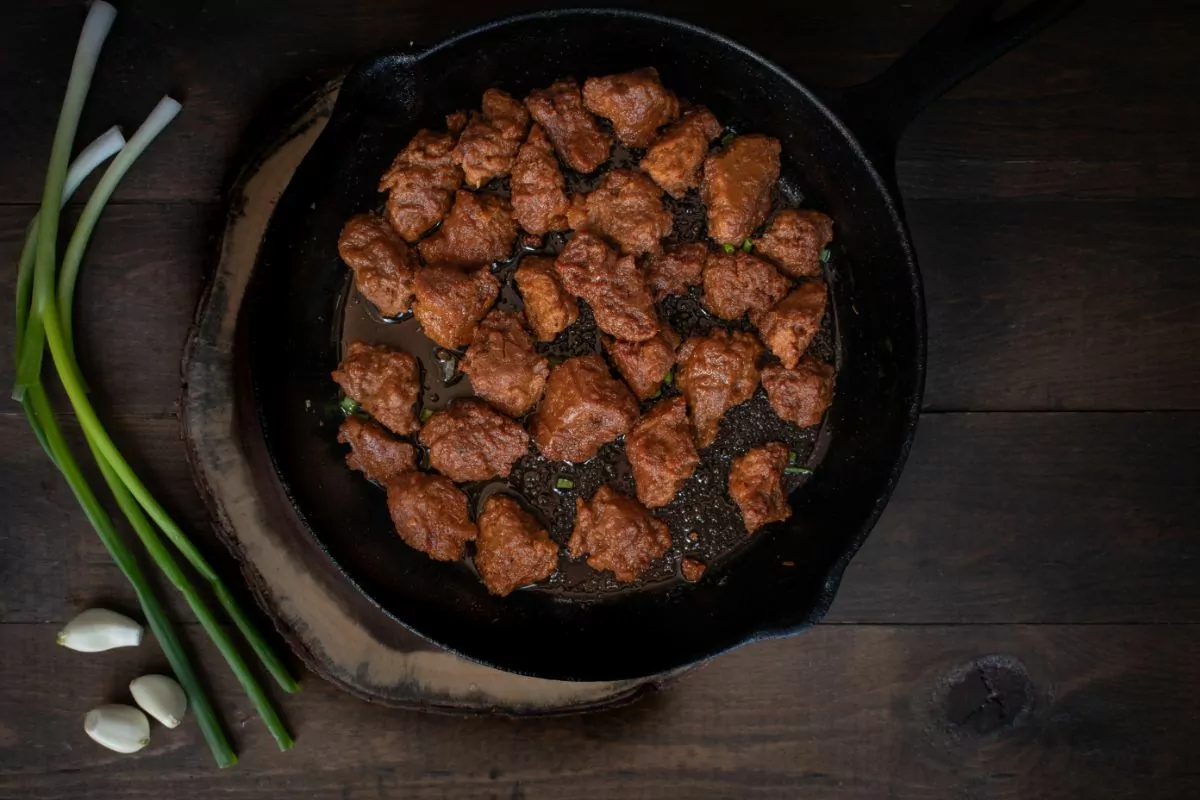
On its own, seitan tends to have a reasonably mild flavor. However, when added to certain recipes, it is known to take on many different flavors from the dish.
Whether you want something that is savory, such as an Indian curry, or a meal that is hot and spicy, such as seitan chicken wings, this wheat meat can usually supply your taste buds with just what they’re looking for.
Although seitan can take on flavors from other ingredients, it is its texture that makes it as popular as it is.
When acting as a meat alternative, seitan tends to be closer to the real thing, especially when compared to tempeh or tofu. Its texture is far more “meaty.” Therefore, many people prefer adding this to their dishes to get their desired texture and feel.
Is Seitan Healthy?
Being wheat-based, you’d expect seitan to be quite high in carbohydrates. However, because starch is washed away from the wheat dough, the primary source of the carbs is also washed away.
Instead, you are mostly left with protein, rather than carbs.
Take a 3 oz serving of seitan, for instance. This will contain approximately 20 grams of protein and only 4 grams of carbs.
In one single serving of seitan, you can expect to find 120 calories, 1 gram of fiber, and 1 gram of fat.
Moreover, one serving also makes up around 8% of your daily recommended amount of iron and 2% of your daily recommended amount of calcium.
One drawback, though, is that seitan doesn’t contain every essential amino acid. So, although it is high in protein, you shouldn’t solely rely on seitan for your protein requirements.
Instead, supplement it with beans, legumes, and nuts to get your full dose of protein every day.
It is also important to note that anyone with gluten intolerance or celiac disease should avoid seitan at all costs.
In Summary
Seitan is a wheat-based alternative to meat, used in many plant-based recipes. Although many people get confused between seitan and tempeh, there are differences, seitan is made from wheat, meaning it contains gluten.
Tempeh, on the other hand, is soy-based, meaning it can be used for gluten-free diets and dishes.
When it comes to meat substitutes that have similar textures, though, seitan is the clear winner. Try it today and see for yourself! You may love it!
- Cucumber, Apple And Pineapple Juice - September 12, 2022
- French Toast Without Eggs - September 12, 2022
- Cook Canned Chickpeas - September 12, 2022

